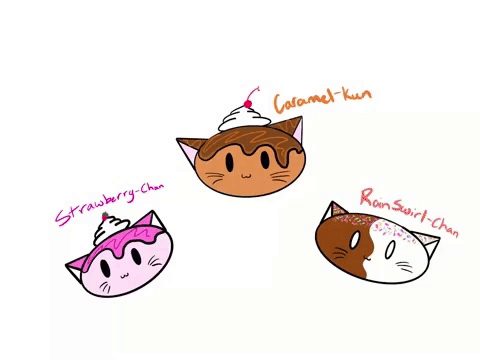Premiere an entire animated short
Create a short animated film using drawing, stop-motion, or simple apps, then organize a home premiere to screen and celebrate your work.



Step-by-step guide to create and premiere a short animated film
Adobe Premiere Pro Tutorial for Beginners - Complete Guide!
Step 1
Pick a short story idea and say it in one sentence so you know what your movie will be about.
Step 2
Draw a simple storyboard with six to eight boxes showing the beginning middle and end so you can plan your shots.
Step 3
Choose how you will animate by deciding if you will draw a flipbook use stop-motion with toys or try a simple animation app.
Step 4
Create your characters and backgrounds by drawing them on paper or shaping them from clay or small toys.
Step 5
Build your set or lay out the papers you will use as frames and secure anything that needs to stay still.
Step 6
Pick a bright spot and set a lamp or use daylight so your pictures will be clear.
Step 7
Make your animation by drawing one frame per page or by moving your toys a tiny bit and taking a photo for each move.
Step 8
Put your frames in order and flip them or import the photos into an app to play them in sequence so you can see the movie come to life.
Step 9
Record dialogue sound effects or music and add them to your film to make it more exciting.
Step 10
Set up a premiere area with a screen or laptop seating and a few decorations to make it feel special.
Step 11
Create a quick invitation and ask family or friends to come to your premiere.
Step 12
Do a final test run of your movie to check volume picture and timing so everything is ready.
Step 13
Introduce your film to your audience clap and play your movie for the premiere to celebrate your work.
Step 14
Share your finished animated short on DIY.org so others can see and celebrate your premiere.
Final steps
You're almost there! Complete all the steps, bring your creation to life, post it, and conquer the challenge!


Help!?
What can we use if we don't have a lamp, clay, or an animation app?
Use bright daylight from a window instead of a lamp, a smartphone camera for taking photos, and paper cutouts or small toys instead of clay while following the same storyboard and frame steps.
My photos look blurry or the set shifts between frames—what should I do?
Secure backgrounds and characters with tape, steady your smartphone on a stack of books or a small tripod, keep the lamp or daylight position constant, and test a short sequence before finishing all frames.
How can I adapt this premiere activity for different ages?
For younger kids simplify the storyboard to three boxes and use large-movement stop-motion with a parent's help, while older children can draw detailed 6–8 box storyboards, use a simple animation app, and record dialogue and sound effects.
What are simple ways to enhance or personalize our animated short and premiere?
Make a custom invitation and poster, add original music, sound effects, and end credits in your app, and include a behind-the-scenes slideshow when you share the finished film on DIY.org.
Watch videos on how to create and premiere a short animated film
How to Create Your First Animated Film
Facts about animation and filmmaking for kids
✏️ At 24 frames per second, one second of film needs 24 drawings — so a 1-minute animation has about 1,440 frames!
🎟️ A home premiere can feel like a real festival — make DIY tickets, roll out a red carpet, and serve popcorn to celebrate your big screening!
📱 Kid-friendly apps such as FlipaClip and Stop Motion Studio let you make frame-by-frame animations right on a tablet or phone.
🧸 Stop-motion classics (like Wallace & Gromit) use clay or puppets and can take months to animate just a few minutes of film.
🎬 The first animated short to win an Academy Award was Disney's "Flowers and Trees" in 1932 — a tiny movie that made big history!
How do I create and premiere a short animated film at home?
What materials do I need to make an animated short and host a home premiere?
What ages is making an animated short suitable for?
What are the benefits of creating and premiering a short animated film with kids?


One subscription, many ways to play and learn.
Only $6.99 after trial. No credit card required



